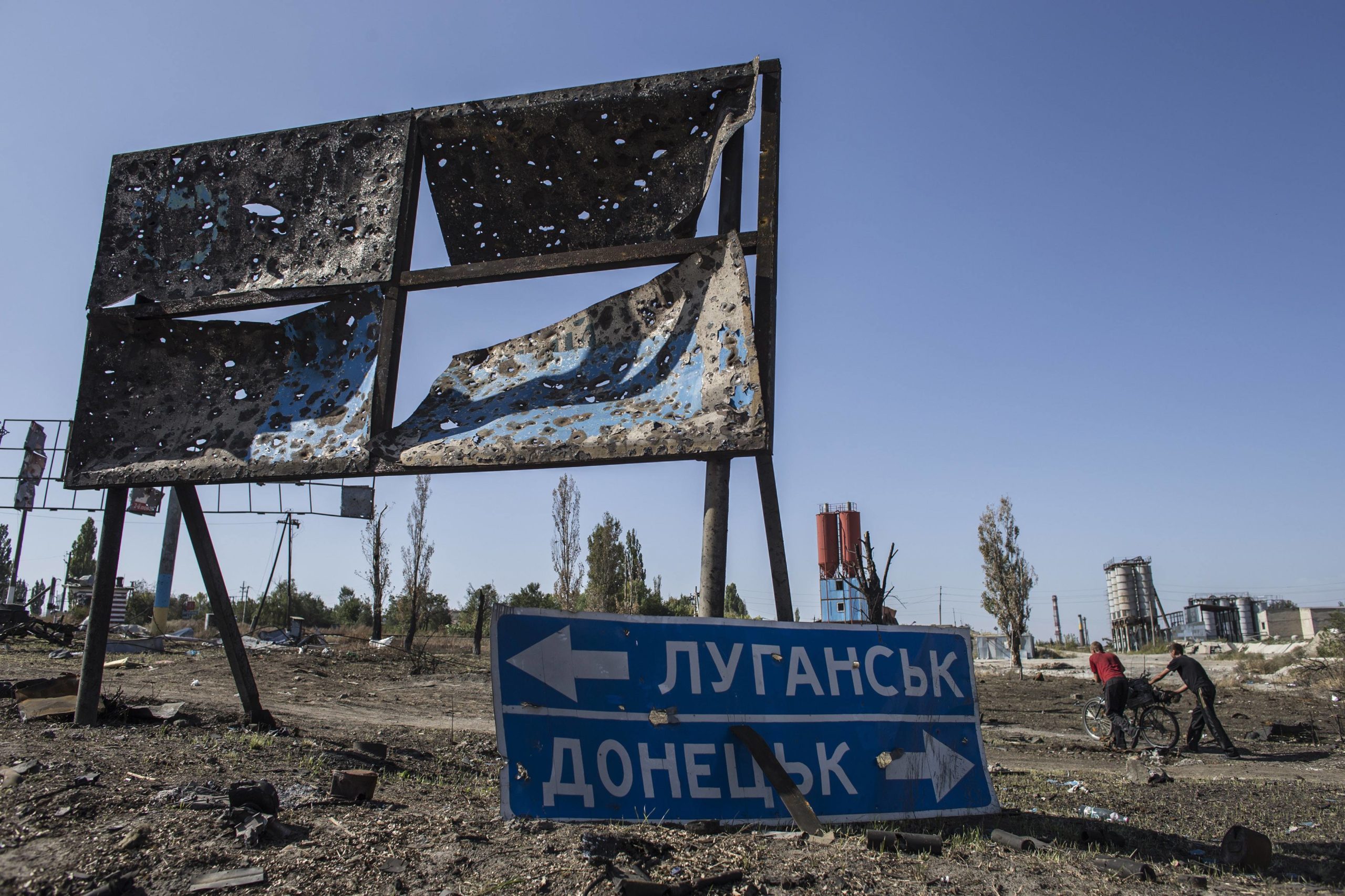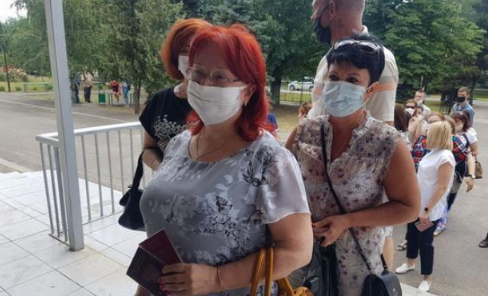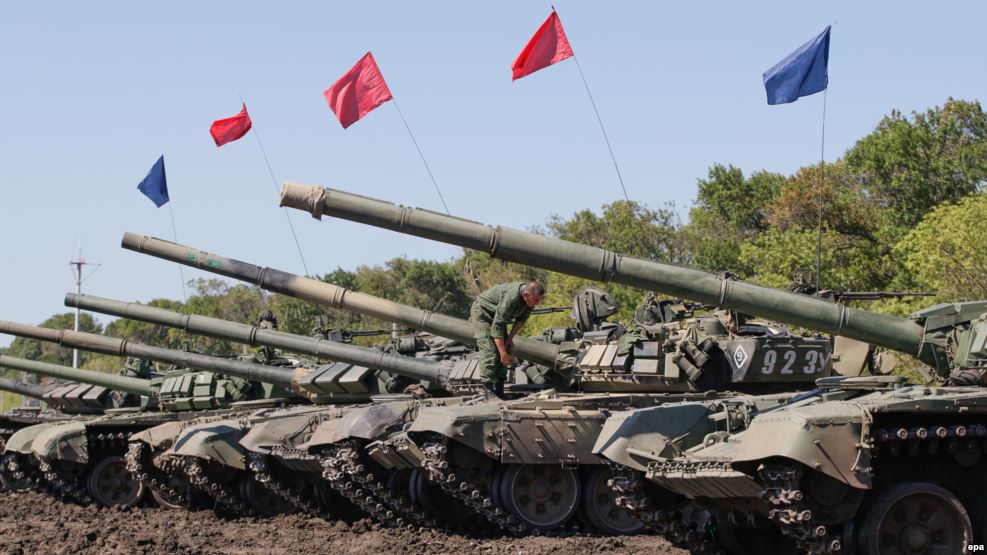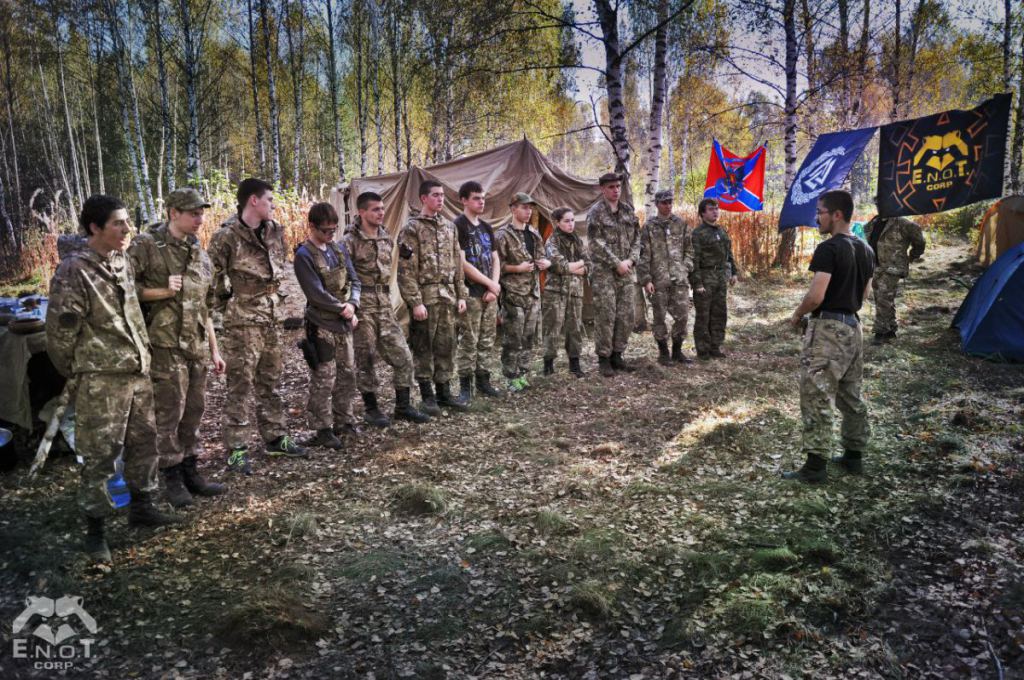Reliable statistics in the occupied territories?
One of the main problems in Ukraine’s ORDLO* policy is the lack of reliable figures that would correctly reflect the situation in the occupied territories of the Donbas. This issue is strictly objective and is due to the absence of politically neutral specialists in ORDLO and to the specifics of the occupying regime.
This specificity is clear – the complete absence of freedom of thought in ORDLO information resources, i.e. a classic totalitarian system, which forbids criticism and throws locals into “dark cellars” just for “liking”
something/someone on social media.
The atmosphere of fear instilled by the so-called “MGB” (Ministry of State Security) does not allow for the organization of objective surveys in ORDLO or at Ukrainian checkpoints. It is clear that the respondents’ psychological state has already been molded by certain maxims resulting from seven years of occupation. Therefore, any answers in favour of Ukraine would be questionable.
Adaptive sociological survey: how many people reside in ORDLO?
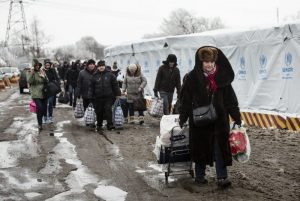
In such circumstances, only an adaptive sociological technique can be used to present a more or less objective picture of public opinion in ORDLO, i.e. dry figures of certain segments of society, which have already made their choice in favour of one side or the other.
The first important question is the total number of people residing in the occupied territories of the Donbas. It is almost impossible to give an objective answer, because different sources give different figures.
- According to Ukrainian Deputy Prime Minister, Minister for Reintegration of the Temporarily Occupied Territories of Ukraine Oleksiy Reznikov, as of May 2020, about 1.6 million people lived in ORDLO.
- However, in November 2019, the ORDLO “authorities” conducted a census of the local population: 2,270,000 persons in the “DNR” and 1.5 million people in the “LNR”.
- In 2019, UN data and estimates reported that the total amount of drinking water consumed in the occupied territories covered the consumption of 2.8 million people.
The difference between Ukraine’s data and the figures reported by the occupying power reaches 2.2 million; the difference between UN data and the figures of the occupying power - 900,000 persons.
Stats concerning illegal armed formations in the occupied territories
According to the head of the Main Department for International Cooperation and Verification of the Armed Forces of Ukraine, Lieutenant General Leonid Holopatiuk, in July 2020, the so-called “1st and 2nd Army Corps” (occupied Donetsk and Luhansk, respectively) numbered 35,000 individuals. These figures coincide with the data of Ukraine’s special services, which throughout the war recorded from 30-35,000 militants serving in the so-called “1st and 2nd Army Corps”, depending on the year.
Therefore, one can assume that 35,000 individuals can be unequivocally considered disloyal to Ukraine, in fact, open enemies of Ukraine. According to the adaptive sociological approach, this figure of 35,000 can be multiplied by at least 3-4 family members, as it can be logically assumed that the mothers, fathers, wives and children of these militants support their loved ones.
The same logic applies to other structures collaborating with the enemy - the so-called “MGB” (Ministry of State Security), “Ministry of Internal Affairs”, “Ministry of Emergency Situations”, whose exact numbers we do not know. Back in 2015, the so-called “DNR Ministry of Internal Affairs” reported that it employed 8,000 people. If we take this figure as a constant and apply it conditionally to the number of persons in the “MGB” and the “Ministry of Emergency Situations”, we will reach a total of over 20,000 subversives in the “DNR”, while the numbers are usually slightly lower in the “LNR”.
Of course, these calculations are quite random per se (for example, the so-called “MGB” has more personnel than the “Ministry of Emergency Situations”, because it includes paramilitary structures like the “MGB Special Operations Forces”, which are equipped with heavy hardware and weapons).
In conclusion, when evaluating the number of enemy collaborators and individuals professing outright anti-Ukrainian views, we should include:
- the armed formations deployed throughout the occupied territories, whose numbers reach close to 60-70,000 militants,
- the so-called “civil servants” engaged in ORDLO, whose numbers are difficult to estimate, but can also be multiplied by 3-4 family members.
Lost generations of young people?
Sociological studies should also include the young people living in ORDLO, namely, students who have obtained Russian-style diplomas. Although such diplomas do not automatically prove that the students have pro-Russian views, this situation points to the fact that these young graduates are clearly lost for Ukrainian society as they will probably migrate to Russia for further studies.
Until recently, the percentage of such students was relatively small: in 2015 and 2020, about 2,000 students graduated from “DNR” institutions, respectively (there is no data for the “LNR”). These figures may well be true and will definitely increase in the future, because only this year the Russian Federation recognized the diplomas of yet another important university in the occupied zone – the Donetsk National Technical University. This is the fifth higher educational institution in ORDLO to be recognized by Russia.
Lost forever: families of militants killed in combat
The number of local militants killed in combat constitutes an important percentage of any potential sociological survey in ORDLO... as is the number of family members. In the ideological sense, these individuals are clearly lost for Ukraine. They will never re-adapt to the mentality of a free Ukrainian state.
As for specific figures, in this case, they will definitely be underestimated, as in any war, especially considering that the information will be submitted by ORDLO. UN experts estimate that as of July 2020, local militants lost 5,650 people in the six years since the start of the war. If we multiply this figure by 3-4 family members, we get at least 20,000 locals, who may not only have pro-Russian views, but who also despise Ukraine.
In 2015, in one of his speeches, Oleksandr Zakharchenko, the former self-proclaimed Prime Minister of the “DNR”, acknowledged 7,000 casualties among the “DNR militants”, but this figure was not included in official UN or Russian reports as it could not be verified for obvious reasons.
Triple citizenship
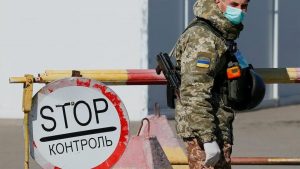
Finally, the biggest percentage of persons with pro-Russian views will include the locals who obtained Russian citizenship. These statistics are official and have been recorded by Russian migration services; they include Ukrainians who obtained this citizenship in the occupied territories of Donetsk and Luhansk.
It is true that the so-called “republican” passports (“DNR” and “LNR” passports) were forcibly imposed on Ukrainian citizens, whereas Russian citizenship was voluntary. Only recently did the militants start talk about curtailing the rights of Ukrainians holding Ukrainian citizenship. In fact, a significant part of the population in the occupied territories already has three passports: Ukrainian, so-called “republican” and Russian.
According to official statistics, in 2020, the total number of Russian passports issued to Ukrainian citizens totaled 409,549. Oleg Agarkov, head of the Interior Ministry in Russia’s Rostov Oblast reported that as of February 2021, about 639,000 ORDLO residents had Russian passports. However, in January 2021, Ukraine reported that about 400,000 Ukrainian citizens had opted for Russian citizenship, a much more realistic figure that correlates with preliminary calculations of individuals engaged in armed formations, in “ministries, “councils”, in different political “administrations” and their families, as well as families of the militants killed in combat.
Thus, an adaptive sociological survey in ORDLO should include the following groups:
- Enemy collaborators with clearly anti-Ukrainian views (armed formations, “ministries”, political “administrations”): 60-70,000 persons. Their family members: from 200-300,000 persons.
- Young students who annually receive Russian-style diplomas and integrate into the Russian social system: 2,000 persons in the “DNR” (no exact data for the “LNR”).
- Official number of local militants killed in combat to mid-2020 as per the UN report: 5,650 persons. If we multiply this figure by 3-4 family members, we get at least 20,000 locals with radically anti-Ukrainian views.
- ORDLO residents who received Russian citizenship. Different reports estimate over 400,000 persons, which roughly correlates with the data in the first three paragraphs.
These figures do not constitute an exact sociological reflection of ORDLO, because they do not take into account the majority of the population, which is not included in these groups and should not be viewed as enemy collaborators.
However, there is no doubt that 400,000 Ukrainian citizens with Russian passports constitute a critical issue for Ukraine’s national security in the future.

